The most promising programming languages to learn today
In the tech landscape of 2025, learning a programming language is more than just a skill — it’s a gateway to opportunities in fields like artificial intelligence, web development, automation, and even quantum computing. But with so many options available, which languages are truly worth your time? In this article, we explore the most promising programming languages to learn today, considering market demand, versatility, and future trends.
PROGRAMMING LANGUAGE


1. Python: The King of Versatility
Python remains one of the most popular languages in 2025, and for good reasons. Its simple and readable syntax makes it ideal for beginners, while its vast array of libraries (like TensorFlow and Pandas) keeps it relevant for professionals. Python dominates in artificial intelligence, machine learning, data science, and automation. Additionally, its growing adoption in web development (with frameworks like Django and Flask) and even in gaming (with Pygame) ensures its longevity. If you’re looking for a language to start or expand your skills, Python is a safe bet.
2. Rust: Performance and Safety
Rust has been gaining prominence in recent years, and in 2025, it’s one of the most promising languages for those seeking performance and safety. Developed by Mozilla, Rust is known for its ability to prevent common errors, like memory faults, without sacrificing speed. Major companies, such as Microsoft and Amazon, have adopted Rust for infrastructure and critical system projects. Furthermore, its popularity in game development (as an alternative to C++) and blockchain (for smart contracts) makes it a strategic choice for those aiming to stand out in high-demand areas.
3. TypeScript: The Future of Web Development
TypeScript, a statically-typed extension of JavaScript, has solidified itself as essential for web development in 2025. With the increasing complexity of web applications, frameworks like React, Angular, and Vue.js heavily rely on TypeScript to ensure more robust and scalable code. Companies value developers who master TypeScript, especially for enterprise projects requiring long-term maintenance. If you already know JavaScript, learning TypeScript is a natural step to supercharge your career in frontend and backend (with Node.js).
4. Go (Golang): Simplicity and Scalability
Go, created by Google, is another language shining in 2025. Known for its simplicity and performance, Go is widely used in distributed systems, cloud computing, and microservices. Companies like Uber and Dropbox rely on Go to handle large volumes of data and traffic. Its native concurrency (goroutines) and fast compilation make it ideal for projects requiring high scalability. For those targeting the IT infrastructure or DevOps market, Go is a promising choice.
5. Julia: The Star of Scientific Computing
Julia is the go-to language for those working with scientific computing, simulations, and data analysis in 2025. Though less known than Python, Julia offers performance close to compiled languages like C, but with the ease of a high-level language. Its adoption in fields like finance, biotechnology, and academic research is growing rapidly. If you’re interested in data science or high-performance computing, Julia can be the differentiator on your resume.
6. Q# (Quantum Programming): The Quantum Future
With quantum computing advancing, Q# — Microsoft’s language for quantum programming — is starting to gain traction in 2025. Though still a niche, companies like IBM and Google are heavily investing in quantum technologies, and Q# is used to develop quantum algorithms. Learning Q# now could position you as a pioneer in a field poised to revolutionize technology in the coming years.
Conclusion
Choosing a programming language depends on your goals and the market you want to target. Python and TypeScript are solid choices for versatility and immediate employability, while Rust and Go cater to demands for performance and scalability. Julia and Q# are bets for rising niches like data science and quantum computing. In the “Technological Alphabet” of programming, every letter counts — which will be your next?


